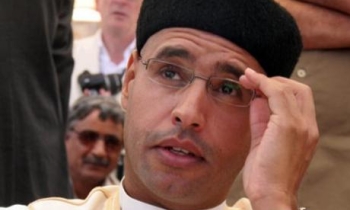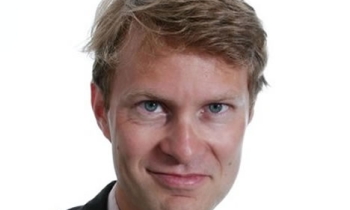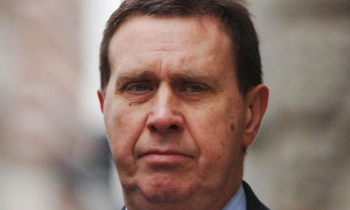Two years after the first foreign investment in India's print media, Indian publishers are raising record sums from private equity funds and public markets to finance ambitious growth plans.
Newspapers in India are suddenly outgrowing other media -- unlike slumping readership and advertising at newspapers across the U.S. and Europe -- and investors like what they see. In the last fiscal year to March, print advertising revenues outpaced television for the first time in many years.
"There's been a revival in print, which had been losing ground to TV from the mid-90's when the satellite boom began, but TV's penetration may be plateauing now," said Atul Phadnis, vice president of TAM Media Research, a unit of AC Nielsen. "Print has gotten smarter, so it's likely to sustain growth."
India shook up a once-staid industry in 2002 by scrapping a half-century-old ban to let foreign firms buy up to 26 percent in news publications and 74 percent in non-news titles. The Indian Readership Survey estimates there are 161 million newspaper readers, a fraction of the potential in a country with more than a billion people.
That, along with double-digit ad revenue growth and hopes of more liberalisation, is a draw for investors. India is considering letting foreign institutional investors buy newspaper firm shares. India currently distinguishes between foreign private equity funds, which are allowed to invest in newspapers, and other institutions, which are not.
Publishers, long controlled by families and reluctant to look beyond traditional markets, now seem willing to turn a new page.
"Investor interest was always there, but publishers were not willing to change their ways," said Vishal Nevatia, chief executive of private equity firm GW Capital. "Now, their dominance is threatened, they are being forced to consolidate, enter new markets -- it's the economics of compulsion."
Henderson Private Capital's Asia Fund, which manages $210 million, has invested $26 million in the Hindustan Times, partly to fund its foray into radio, and now owns more than 15 percent.
"When we first made our investment in Hindustan Times in 2003, there were no foreign investors in the sector. The floodgates have opened since then, as everyone can see the opportunity," said Sanjiv Kapur, head of Asia Pacific at Henderson.
Last June, Pearson Plc's Financial Times paid $3 million for nearly 14 percent of Business Standard, the No. 2 business daily. Dow Jones then tied up with Bennett Coleman & Co., publisher of the Times of India, the world's top-selling English-language broadsheet with a daily circulation of 2.4 million out of an Indian English-language base of 17 million.
And last December, Ireland's Independent News and Media Plc paid 25.5 million euros ($34 million) for 26 percent of Jagran Prakashan, a Hindi-language daily publisher which then launched a Hindi TV news channel two months later.
"If a change in regulation takes place, it could be a major trigger for the stocks of media companies. Valuations may also improve on increased institutional interest," said Nitin A. Khandkar, vice president of research at Keynote Capital.
Deccan Chronicle Holdings Ltd., which raised 1.5 billion rupees last December in an initial public offer (IPO) of shares, trades at a price-to-forward-earnings ratio of 19, compared with 16 for Sandesh Ltd. and 28.5 for tabloid publisher Mid-Day Multimedia Ltd.
Print advertising grew 15 percent in 2004 to 54 billion rupees, beating television's 13 percent rise. Print makes up 46 percent of the ad market, and TV 41 percent.
Publishers are eager for more of the pie. Essel Group, parent of broadcaster Zee Telefilms, will spend 8 billion rupees over three years to launch an English daily in Bombay, India's largest ad market, in a deal with Dainik Bhaskar Group.
Bennett Coleman, already No. 1 in Bombay, is poised to launch a tabloid in the city, while New Delhi-based Hindustan Times is entering Bombay and has also filed for an IPO.
Others that may tap the market are Dainik Bhaskar and the Indian Express, which in February bought 10 percent of Mid-Day -- also entering a deal with Clear Channel Communications.
"The kind of double-digit ad revenue growth we are seeing is much higher than in the U.S. or Europe, and print circulation's actually growing, compared to a decline in most mature markets," said Manajit Ghoshal, Mid-Day's chief financial officer.









